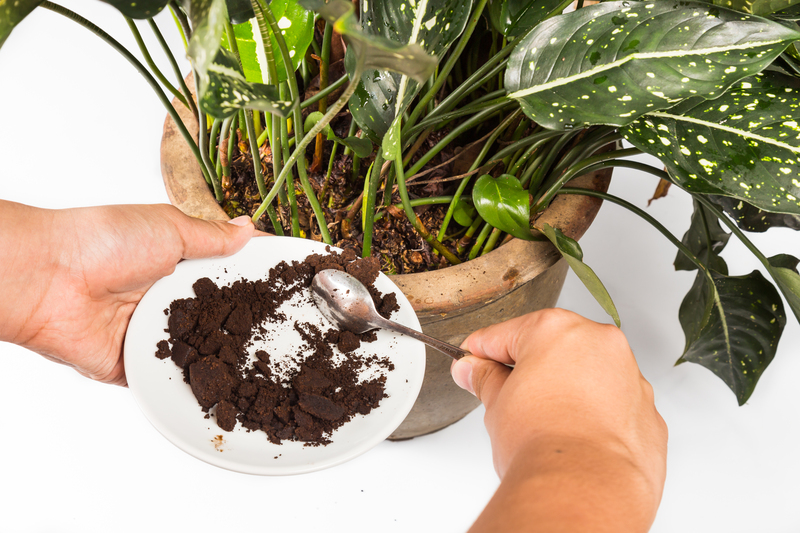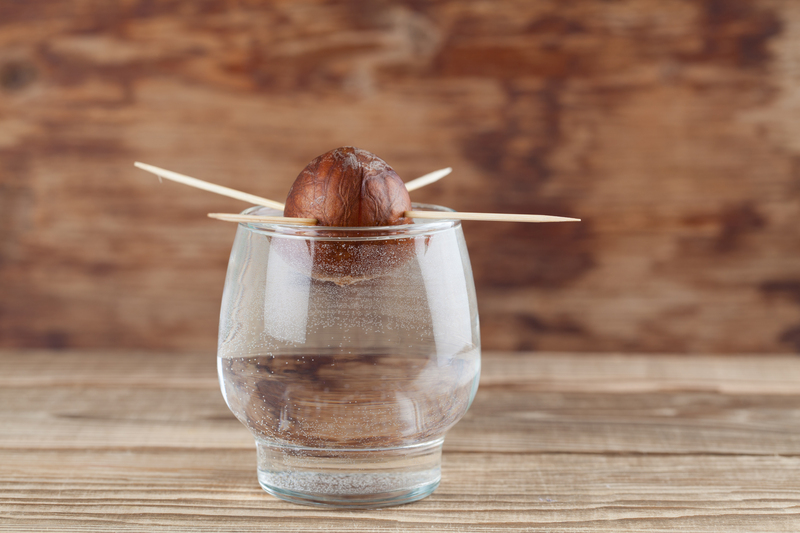Illuminate Shady Corners: The Evergreen Climber Way
Posted on 25/05/2025
Illuminate Shady Corners: The Evergreen Climber Way
Every gardener knows the challenge of beautifying those shaded parts of their garden, where sunlight is scarce and traditional plants struggle to thrive. Yet, with the right approach and creative mindset, even the darkest corners can become lush paradises filled with greenery. One outstanding method is to utilize evergreen climbers. These versatile plants not only thrive in low-light conditions but also provide a year-round display of color and texture, enhancing the ambiance of any shaded garden area.
Understanding Evergreen Climbers
Evergreen climbers are a unique category of plants that maintain their foliage throughout the year, providing stability and continuity to garden aesthetics. Unlike deciduous plants, which lose their leaves seasonally, evergreen climbers ensure a constant green backdrop, making them an ideal choice for those looking to fill shady spaces.
The beauty of these climbers lies in their adaptability. Whether you're looking to enhance the appearance of a barren north-facing wall or cover an unsightly fence, evergreen climbers can be relied upon to bring life into these typically unloved areas.
The Benefits of Using Evergreen Climbers
- Year-round Foliage: As their name suggests, evergreen climbers retain their leaves throughout the year, ensuring your garden is never left bare in the winter months.
- Easy Maintenance: Once established, these plants require minimal care, making them a superb choice for busy gardeners.
- Shady Thrive: Many evergreen climbers are specifically adapted to grow in the low-light conditions that characterize shaded areas.
- Enhancement and Privacy: These climbers can simultaneously provide both decoration and privacy by covering fences and walls.


Popular Types of Evergreen Climbers
Ivy (Hedera helix)
Ivy is perhaps the most well-known evergreen climber. Its iconic leaves can instantly add a classic charm to any garden. Thriving in shaded and partially-shaded spots, ivy is particularly effective when used to cover the vertical surfaces of your garden. Additionally, it acts as a natural air filter, purifying the air around it--an added bonus to its aesthetic appeal.
Honeysuckle (Lonicera)
Another excellent choice for illuminating shady corners is honeysuckle--celebrated for its fragrant blossoms and robust growth. Certain evergreen varieties of honeysuckle are ideal for shaded areas, climbing over arbors and fences to create a romantic atmosphere with their alluring scent and beautiful flowers.
Climbing Hydrangea (Hydrangea petiolaris)
For a touch of elegance and sophistication, the climbing hydrangea is unmatched. Its large, lush clusters of flowers and attractive bark make it a favorite amongst gardeners. It's important to note that while climbing hydrangeas may take some time to establish, their eventual breathtaking display is well worth the wait.
Preparing Your Garden for Evergreen Climbers
Before introducing evergreen climbers to your garden, it's essential to prepare the area to provide these plants with the best possible start. Here are some steps to ensure success:
- Assess the Environment: Understand the specific conditions of your shady space, including the amount of light, soil type, and available structures the climbers can use for support.
- Soil Preparation: Most climbers prefer well-draining soil, so amend your garden soil with compost or organic matter if needed to enhance its structure.
- Select the Right Climber: Choose a climber that matches your shade conditions and the structure you want to enhance. Some climbers may need additional support, such as a trellis, while others can cling to walls on their own.
- Regular Monitoring: After planting, monitor your climbers regularly to ensure they're adapting well. Initially, watering might be more frequent to help them establish, but this frequency will decrease over time.
Design Ideas for Shady Corners
Once your evergreen climbers are planted, the design potential for transforming your shady areas is limitless. Here are some creative ideas to get you started:
- Vertical Gardens: Use evergreen climbers to create vertical gardens that cover blank walls or fences, adding layers and depth to your landscape.
- Arched Entrances: Encourage climbers to grow over arbors or arches, creating inviting, green-bedecked passageways.
- Layered Greenery: Combine different types of climbers with varied leaf shapes and colors for a rich, textured look.
- Pot Planting: While climbers are often ground-planted, certain varieties thrive in large pots, allowing for flexible placement in covered patios or decks.
Conclusion: The Timeless Appeal of Evergreen Climbers
Transforming shady garden corners into lush, vibrant spaces is entirely attainable with the right mix of evergreen climbers. These plants not only enhance the beauty of your garden but also offer practical solutions like improved privacy and reduced maintenance.
Whether you choose the versatility of ivy, the fragrance of honeysuckle, or the majesty of climbing hydrangeas, there's an evergreen option for every gardener's needs. By understanding and implementing the best practices for planting and caring for these climbers, you can enjoy a shady garden paradise all year round.
Embrace the challenge of your shaded spaces and let evergreen climbers guide you on a journey to create an enchanting green haven that defies even the gloomiest shadow.

